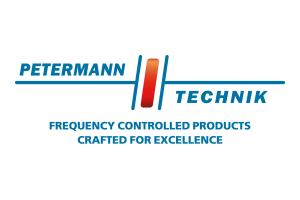Google and Softbank
Pseudosatellites for Global Internet
Google and Softbank invest in flying base stations: From the outside atmosphere, they are supposed to connect remote regions to the Internet and provide 5G connections.
"Currently, half the world's population has no access to the Internet, and we cannot ignore this fact," says Junichi Miyakawa, CTO of Softbank and CEO of HAPSMobile. This gap could be closed by stationing base stations at about 20 km altitude in the Sratosphere.
Both Google's Loon and HAPSMobile have set themselves the task of developing such systems. Loon emerged from the research department of Alphabet, Google's parent company, and has been working for ten years to bring base stations into the stratosphere using balloons. The first commercial test will start this year in Kenya.
HAPSMobile relies on drones, unmanned aerial vehicles known as High Altitude Pseudo Satellites (HAPS). The company is currently developing a drone that is 80 meters long and powered by solar energy. Commercialization is expected to start in 2020. HAPSMobile belongs to Softbank and is a spin-off of AeroVironment, a manufacturer of drones that owns ten percent of the company.
The idea of stationing base stations in the stratosphere is not entirely new. They are high enough there to cover all regions, but are well below conventional satellite orbits. Latency problems therefore do not play a major role, an advantage in 5G communication and for IoT.
According to Google and Softbank, in order for the idea to be accepted in reality, standardization is necessary, which they want to advance through cooperation as well as the necessary regulations. "By bringing our technologies together, we are accelerating the construction of global networks in the stratosphere," said Junichi Miyakawa and Alastair Westgarth, CEO of HAPSmobile, in a joint statement.
HAPSmobile is investing $125 million in Loon. Conversely, Loon has the option to invest $125 million in HAPSmobile. In detail, both companies want to adapt their equipment in such a way that balloons and drones can be equipped with it, which works on the basis of the same ITU frequency bands and can communicate with each other. In addition, they want to jointly set up ground stations that are compatible with the systems of both companies. Through an alliance to be formed, they want to cooperate with the relevant regulatory authorities worldwide.
Such a network working in the upper atmosphere could provide all regions of the world with access to the Internet, regardless of soil conditions and other existing infrastructures. Loon has already gained some experience in this area: Its communications systems are already over 30 million km high and have connected hundreds of thousands of users around the world, according to Loon.





